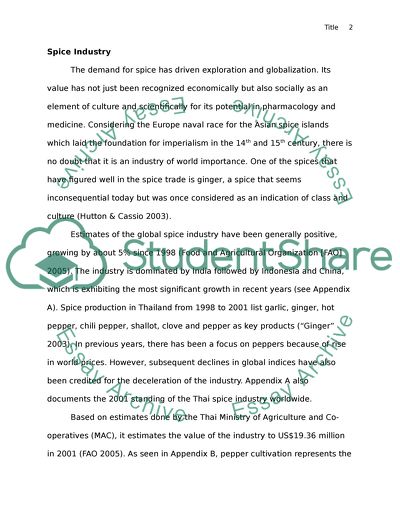Cite this document
(“The Ginge Industry Essay Example | Topics and Well Written Essays - 1500 words”, n.d.)
The Ginge Industry Essay Example | Topics and Well Written Essays - 1500 words. Retrieved from https://studentshare.org/agriculture/1531463-the-ginge-industry
The Ginge Industry Essay Example | Topics and Well Written Essays - 1500 words. Retrieved from https://studentshare.org/agriculture/1531463-the-ginge-industry
(The Ginge Industry Essay Example | Topics and Well Written Essays - 1500 Words)
The Ginge Industry Essay Example | Topics and Well Written Essays - 1500 Words. https://studentshare.org/agriculture/1531463-the-ginge-industry.
The Ginge Industry Essay Example | Topics and Well Written Essays - 1500 Words. https://studentshare.org/agriculture/1531463-the-ginge-industry.
“The Ginge Industry Essay Example | Topics and Well Written Essays - 1500 Words”, n.d. https://studentshare.org/agriculture/1531463-the-ginge-industry.


